10 different connections between the climate emergency and the decline of natural ecosystems.
N
The degradation of nature and the escalating climate emergency are trapped in a destructive cycle. Although distinct, these problems are intertwined. The worsening climate crisis is leading to the destruction of natural environments, which in turn worsens the crisis and contributes to the decline of wildlife. Here are ten examples of how these two issues are interconnected:
Wildfires destroy ecosystems
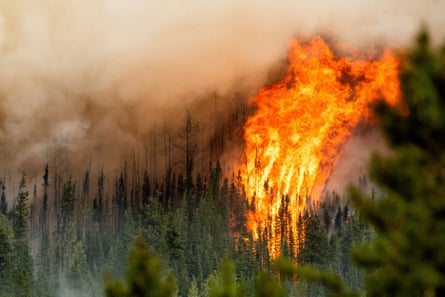
The occurrence of uncontrollable wildfires is increasing in frequency and scale – in 2021, there were even reports of smoke reaching the north pole for the first time. The ongoing climate crisis is creating ideal conditions for wildfires to start, including drought, high temperatures, and strong winds. A quarter of landscapes now face longer fire seasons. Wildfires not only have negative impacts on human health and infrastructure, but also cause significant damage to the environments they burn. Scientists estimate that the Australian bushfire season of 2019-2020 resulted in the death or displacement of nearly 3 billion animals, and carbon emissions from wildfires are currently at their highest levels.
Impaired environments contribute to increased incidents of wildfires.

Humans have altered the earth’s surface in a manner that increases its susceptibility to wildfires. In the case of Hawaii, experts caution that the invasive grasses covering a quarter of the islands contributed to the severity of recent fires. Similarly, in Portugal, where destructive wildfires have also occurred, the cultivation of fast-growing and flammable eucalyptus trees for the paper pulp industry has weakened the country’s resilience to fires. In response, efforts are being made to create more diverse forests with fire-resistant oak and chestnut trees. It is widely acknowledged that degraded ecosystems are more prone to fires, leading to greater damage to the landscape. Therefore, experts stress the importance of effective landscape management and preserving natural environments.
Carbon cannot be stored in destroyed terrestrial landscapes.
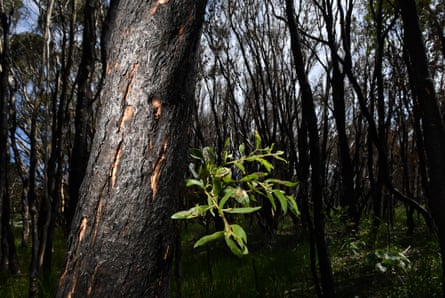
Wild landscapes are home to wildlife but many, such as peatlands, permafrost and forests, are also carbon-rich. These living systems – sometimes referred to as “nature-based solutions” – suck up carbon dioxide and lock it in waterlogged soils and trees. According to the UN, the land and ocean suck up more than half of carbon emissions. So destroying these landscapes, whether by fire, industrial farming or the extraction of natural resources, results in carbon being released.
The high temperatures cause harm and death to animals in their natural habitats.

As the years go by, temperatures are gradually increasing which is causing animals to adjust their behavior in order to survive. Studies have shown that in Greece, brown bears are now more active at night due to the rising temperatures. African wild dogs also have less time to hunt during the day because of the heat. In recent years, the majority of sea turtles born in Florida have been female. Research is only beginning to explore the effects of heat on wildlife populations. The stress from heat is expected to lead to various issues such as decreased fertility and immunity, as well as higher mortality rates.
‘s kelp forests
The kelp forests in the ocean are destroyed by marine heatwaves.
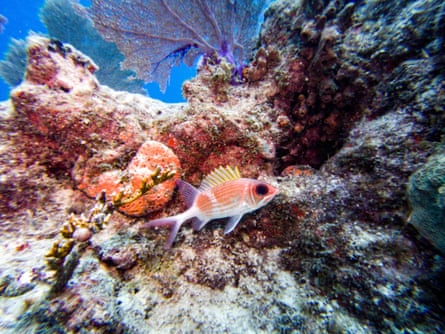
Wildlife on land is often our primary concern due to its visibility, but scientists are increasingly worried about the state of our oceans. Recent months have seen instances of marine heatwaves in countries such as New Zealand, the UK, and Australia. In 2021, it is estimated that over 1 billion marine animals perished in Canada’s Pacific coast as temperatures soared to 40C (104F). The projected temperature increase of 2C is expected to have devastating effects on tropical coral reefs, which boast the highest levels of biodiversity globally. These reefs serve as important nurseries for fish and support the livelihoods of over 500 million people, many of whom reside in impoverished nations.
The carbon storage capacity of the oceans is diminished due to their destruction.
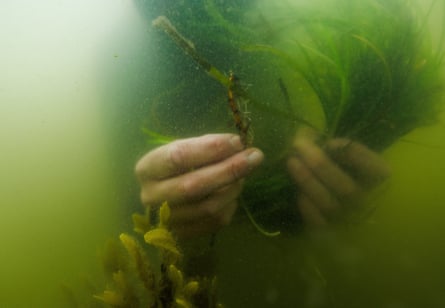
The ocean is the largest reservoir of carbon on Earth. However, it is absorbing an excessive amount of carbon from the atmosphere, leading to increased acidity in the seas and documented negative impacts on marine life. These issues are exacerbated by overexploitation, resulting in even greater ecological degradation of the oceans. A study has shown that fishing boats using bottom-trawling methods release as much carbon dioxide as the aviation industry. In the past two centuries, the UK has lost 92% of its seagrass due to a combination of factors such as sewage discharges, nutrient runoff from farmland, and coastal developments. This is significant because seagrass forests are known to sequester carbon four times faster than land forests.
The reduction of animals in forests decreases the amount of carbon that can be stored.
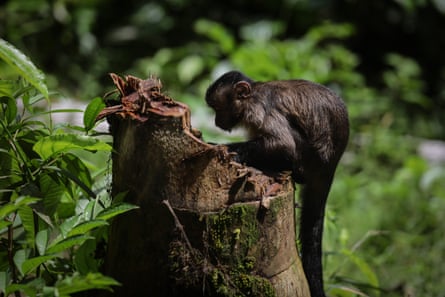
A recent study published in Science Advances has found that poaching and the decline of fruit-eating monkeys and birds in tropical forests is contributing to an increase in carbon emissions. This is due to the fact that the largest animals, such as tapirs and toucans, which play a crucial role in dispersing the seeds of long-lived hardwood trees, have been greatly impacted by hunting. As a result, these hardwood trees, which are responsible for sequestering the most carbon, are being replaced by softwood trees with smaller seeds and lower carbon storage capabilities. The research focused on the Atlantic rainforest in Brazil, where 95% of trees rely on animals for seed dispersal. The findings suggest that approximately 10% to 15% of the carbon originally stored in the forest has been lost.
Severe weather conditions make the process of restoring land more difficult.

One-third of efforts to combat climate change in the next ten years could involve reviving nature in order to absorb carbon from the air and store it in the ocean, soil, and plants. Some research papers suggest that planting large numbers of trees could help increase carbon storage. However, extreme heat and lack of rainfall can make restoring land more challenging. In 2022, the UK’s top plant health official cautioned that the country’s plans for tree-planting may be jeopardized by drought. Dry conditions make young trees vulnerable to disease, and the ongoing climate crisis is also creating favorable conditions for certain pests.
The severe climate conditions are forcing individuals to move to different locations.
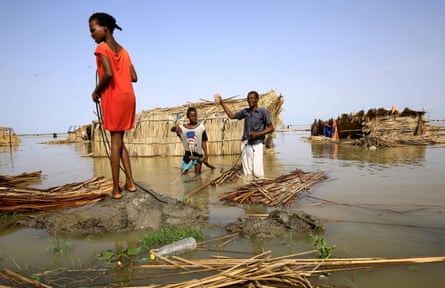
According to the UN, the global number of displaced people exceeded 100 million for the first time last year. The climate crisis is one of the contributing factors to this displacement, along with political conflicts, poverty, and limited resources. In north-west Africa, rising sea levels, drought, and desertification are leading to an increase in people leaving their homes. In South Asia, rising temperatures, more frequent cyclones, and flooding caused by melting glaciers are also causing human migration. The displacement of people can also have negative impacts on previously untouched areas, especially in places where essential services like waste management and water access are lacking.
The land required for food production is increasing.

Research from 2020 has shown that the climate crisis has caused regions that were once unsuitable for farming to become suitable, potentially having a major impact on the environment. These newly available areas for agriculture, known as “frontiers,” are primarily found in higher latitudes in the northern hemisphere and in mountainous regions in the tropics, such as the tropical Andes, central Asia, and the Horn of Africa. Scientists warn that many of these regions are home to important biodiversity hotspots and serve as crucial habitats for various bird species.
Find more age of extinction coverage here
Source: theguardian.com


